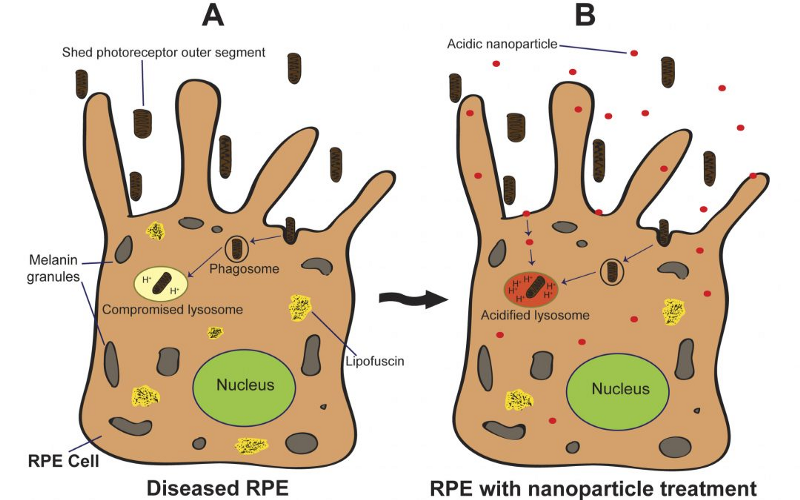New Nanoparticle Synthesis Facility is Getting Stalled Neuroscience Research Back on Track

Nanotechnology is enabling new materials and devices that work at sizes so small that individual atoms and molecules make a difference in their behavior. The field is moving so fast, however, that scientists from other disciplines can have a hard time using the fruits of this research without becoming nanotechnologists themselves.
With that kind of technology transfer in mind, the University of Pennsylvania’s Center for Targeted Therapeutics and Translational Nanomedicine has established the Chemical and Nanoparticle Synthesis Core.
Supported by the Perelman School of Medicine and its Institute for Translational Medicine and Therapeutics, the School of Engineering and Applied Science, and the School of Arts & Sciences’ Department of Chemistry, this core facility aims to help Penn researchers design and synthesize custom molecules and nanoscale particles that would be otherwise hard to come by.
“Based on a short survey we conducted, we found that many faculty members want to synthesize unique chemical compounds, such as imaging agents, drugs or nanoparticles, but they don’t have the expertise to produce these compounds themselves,” says Andrew Tsourkas, professor in Penn Engineering’s Department of Bioengineering and Director of the Chemical and Nanoparticle Synthesis Core. “As a result, these projects are often abandoned.”
Claire Mitchell, professor in the School of Dental Medicine’s Department of Anatomy & Cell Biology and the Perelman School of Medicine’s Department of Physiology, knows this story all too well. As one of the Core Facility’s first users, she’s restarting neuroscience research that had been long stymied by a lack of access to nanotech expertise.
Continue Reading at Penn One Health. The Penn One Health communications group serves to promote awareness of interdisciplinary, cross-school research in the health fields, bolstered by partnerships with researchers who focus on a wide range of areas, from engineering to art.
